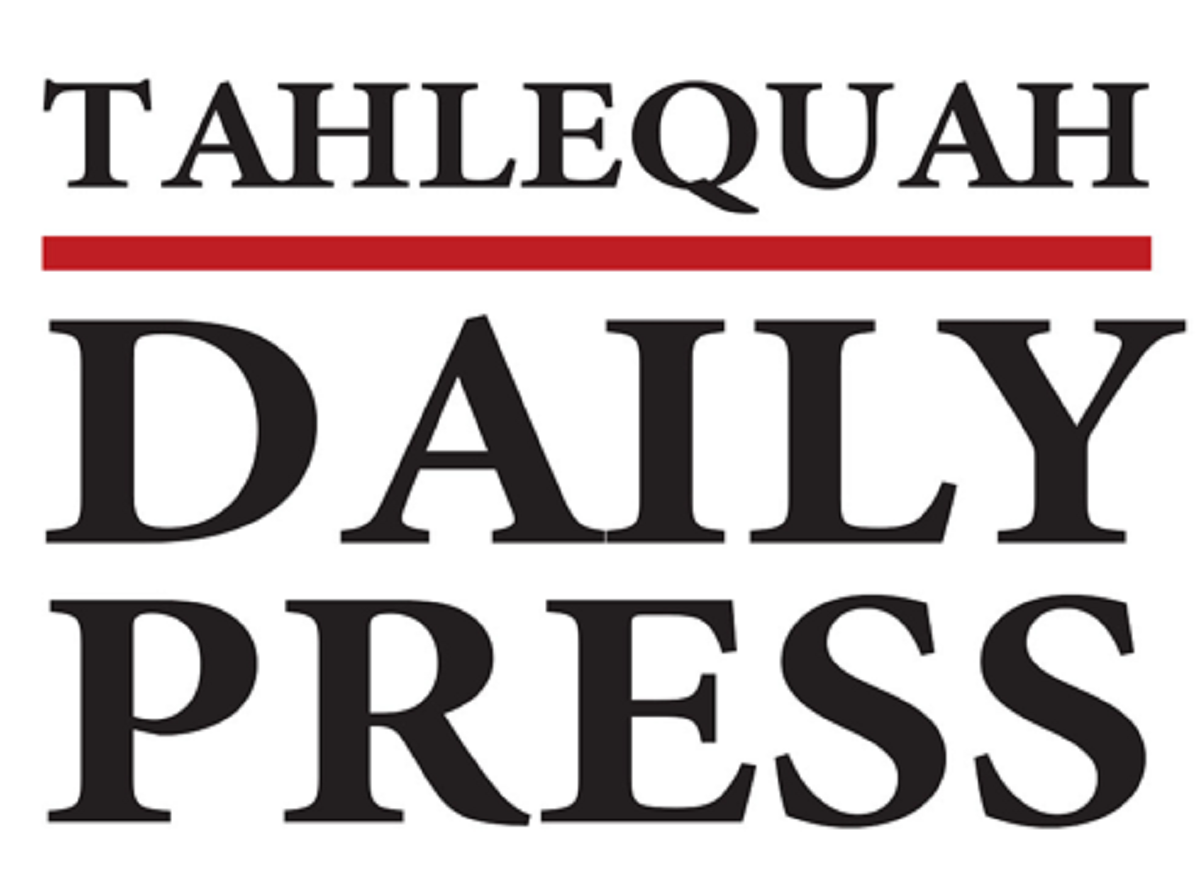
In the late 1960s, a company known as Iowa Beef Packers (now a subsidiary of Tyson Foods) introduced "boxed beef." The company streamlined the meatpacking industry by slaughtering, butchering, and individually packaging meats rather than simply slaughtering them and shipping them to grocery stores like their competitors.
Grocery store managers and consumers loved the convenience of boxed beef and it has since been the standard across the country. Prior to this, farmers and ranchers would sell their animals to local butchers, who slaughtered, butchered and sold the meats, or they would send them to a large-scale slaughterhouse that distributed the carcasses to chain grocery stores for butcher and sale.
Since the introduction of boxed beef, the majority of meatpackers and local butchers have either sold out or gone under as large players with deep pockets have set the pace for the livestock industry. A handful of large companies purchased virtually every shred of competition and today the modern meatpacking and processing industry is dominated by four large companies: Tyson Foods, JBS, Cargill, and National Beef. These four companies slaughter and package more than 80 percent of feedlot cattle in the U.S. today.
Earlier this year, we saw a rapid increase in grocery store meat prices due to a "widespread meat shortage." In a day's driving around Cherokee County, you can see that there certainly has not been a shortage of cows which caused many to wonder what caused the so-called meat shortage. The beef price increase and beef shortage were due largely to COVID-19 and the inability of large meatpacking facilities to process livestock where mandatory shutdowns, workers who contracted the virus, and inability to maintain appropriate health protocols put the brakes on the entire supply chain.
Earlier this year, ranchers across Oklahoma were unable to move cattle due to the closure of meat processing facilities. While there has been some recovery made, the industry is still not back in full swing, and it is expected to slow again as the number of infections across the country climb. COVID-19 has exposed how fragile the corporate global food system is in almost every aspect.
Some researchers are now posing the question, "Is big beef declining?" The answer: possibly. In recent years, health-conscious movements and food and health research have been making people aware of the risks of food preservatives, and we have seen a surge in the interest people have for more locally grown and produced foods. Consumer trends are shifting away from the mentality that quantity is better, and people are once again finding value in quality. Boxed beef gave us decades of inexpensive, low-quality meats that seems to be beginning to decline.
There have already been several small-time meat processors who saw their opportunity to get back into the game when the big-time players were down, and they have begun working with their local ranchers and are supplying local beef directly to consumers and local stores. The question now is, can they sustain and receive the support that they need from their communities to compete with industrial agriculture and re-create the beloved local food systems that our grandparents grew up with?
Garrett Ford is an agriculture educator for the Oklahoma Cooperative Extension Service in Cherokee County.
The Link LonkNovember 23, 2020 at 04:00AM
https://ift.tt/2UNGKbS
Is 'big beef' beginning to decline? | News - Tahlequah Daily Press
https://ift.tt/2RxTDX4
Beef

No comments:
Post a Comment